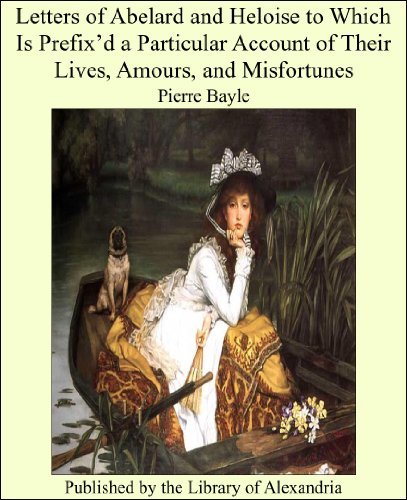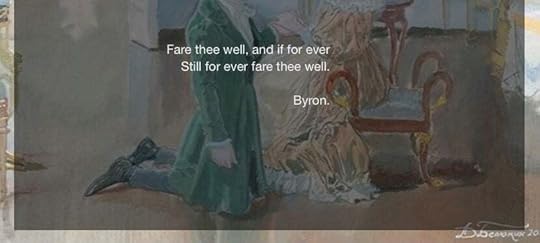What do you think?
Rate this book


140 pages, Kindle Edition
First published January 1, 1133

It was desire not affection which bound you to me, the flame of lust rather than love. So when the end came to what you desired, any show of feeling you used to make went with it. This is not merely my own opinion, beloved, it is everyone's.(Heloise to Abelard, Letter 1)
The two had returned, confident of Fulbert's [Heloise's uncle] reaffirmed regard, and he, now deeply troubled and revengeful, determined to inflict that punishment and indignity on Abelard, which, in its accomplishment, shocked even that ruder civilization to horror and to reprisal.That is probably the most delicate way to refer to Abelard's castration on Heloise's uncle command that I've ever heard. What follows are compiled letters back and forth between Heloise and Abelard, though married both took holy orders after "the incident" to escape society and any possible future demands.
Why should I alone not reap the advantage of your learning? When you write to me you will write to your wife; marriage has made such a correspondence lawful, and since you can without the least scandal satisfy me, why will you not? ~HeloiseRepetitive, it hashes through Heloise's obsession with Abelard, Abelard's love for Heloise and his alternating scolding, advising her soul and beseeching her to stop so he may forget her.
You cannot but be entirely persuaded of this by the extreme unwillingness I showed to marry you, though I knew that the name of wife was honourable in the world and holy in religion; yet the name of your mistress had greater charms because it was more free. The bonds of matrimony, however honourable, still bear with them a necessary engagement, and I was very unwilling to be necessitated to love always a man who would perhaps not always love me. ~HeloiseI love how timeless this observation is, its viewpoint crushes absurd ideas about Medieval women.
To make it more easy consider why I pressed you to your vow before I took mine; and pardon my sincerity and the design I have of meriting your neglect and hatred if I conceal nothing from you. When I saw myself oppressed by my misfortune I was furiously jealous, and regarded all men as my rivals. Love has more of distrust than assurance. I was apprehensive of many things because of my many defects, and being tormented with fear because of my own example I imagined your heart so accustomed to love that it could not be long without entering on a new engagement. ~AbelardAnd the timelessness of male jealousy.




